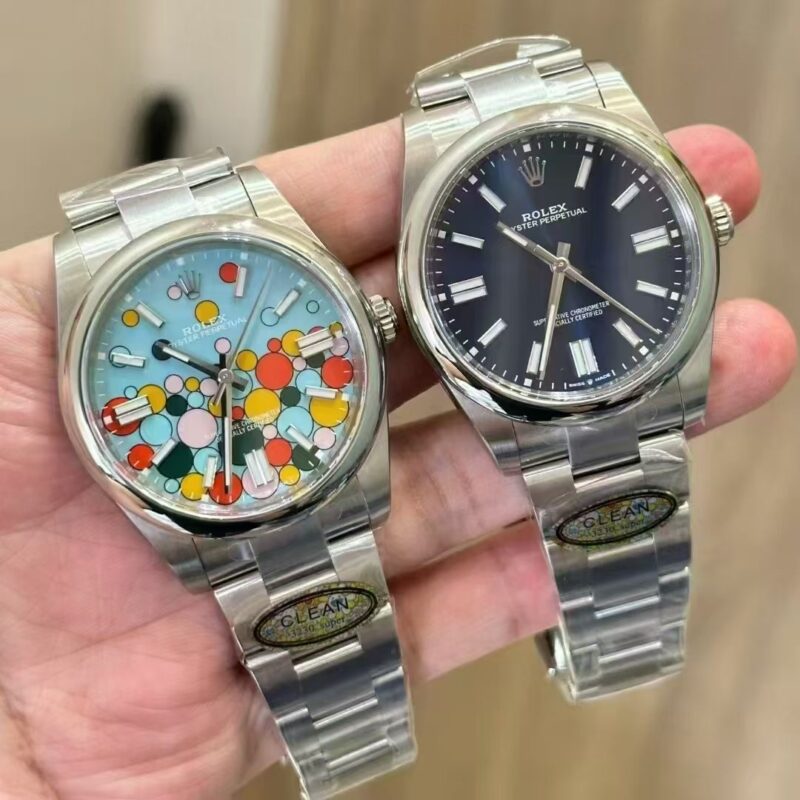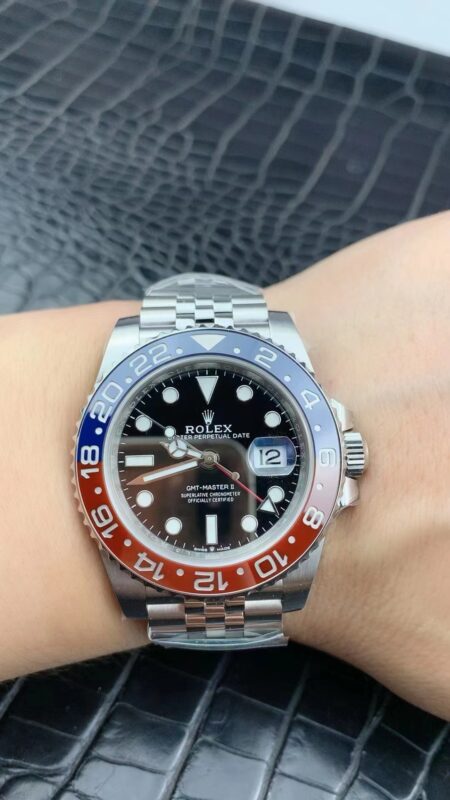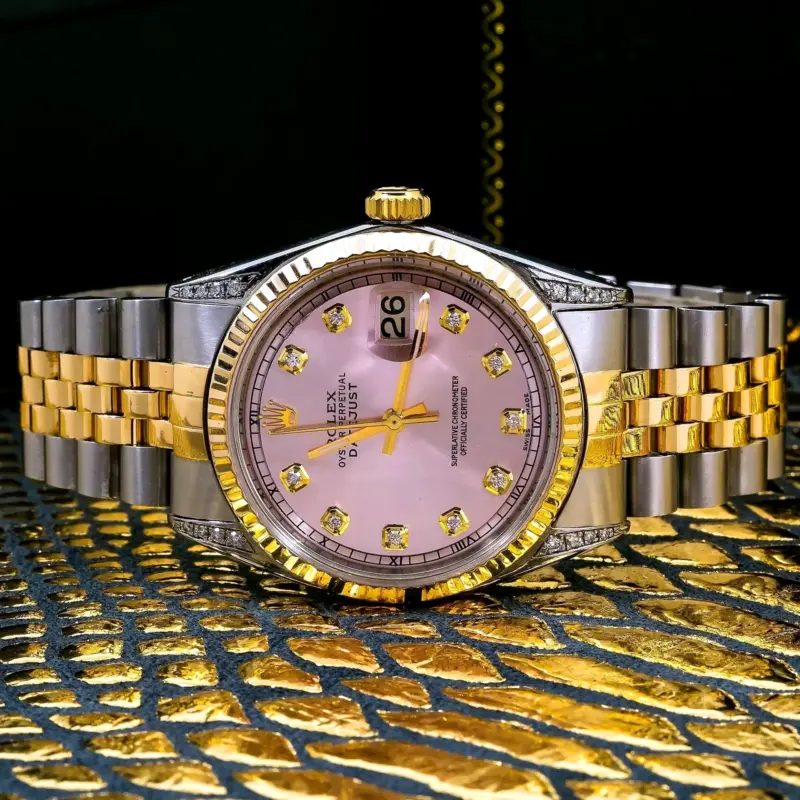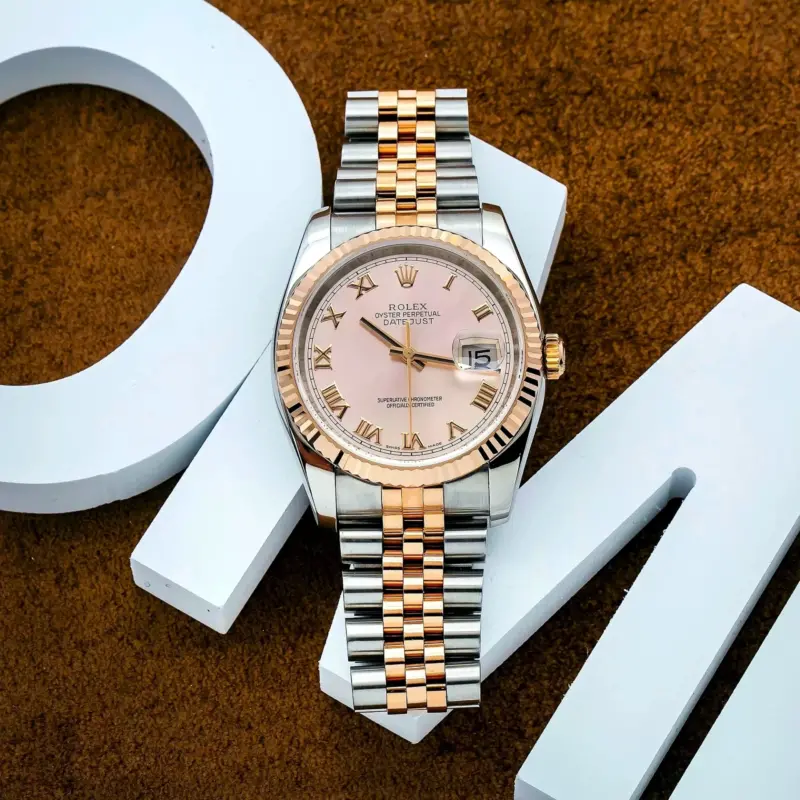imitation
Revolutionizing the Replica Watch Clean Factory with Precision and Craftsmanship
Clean Factory has emerged as an unlikely titan. Established as a relative newcomer, this manufacturer has swiftly ascended to dominate the replica Rolex market, earning acclaim for its meticulous craftsmanship and innovative approach. While its rise may appear meteoric, a closer examination reveals a calculated alignment of opportunity, technical prowess, and strategic foresight-factors that have redefined industry standards and reshaped consumer expectations.

Opportunity Meets Ambition
Clean Factory’s ascent began during a pivotal moment in the replica watch industry. In 2021, two industry giants-Noob and AR Factory-abruptly ceased operations following government raids. This left a vacuum in the market for premium Rolex replicas, particularly models like the Submariner, GMT-Master II, and Daytona. Seizing this gap, Clean Factory positioned itself as a successor, blending its existing expertise in ceramic bezel production with newly acquired horological technologies.
Originally a specialist in crafting ceramic components for luxury watches, Clean Factory had already earned a reputation among enthusiasts. Its bezels-notably for Rolex’s Submariner and Daytona-were so precise that collectors occasionally used them to replace damaged genuine parts. This foundation in precision engineering became the bedrock for its expansion into full watch production.
The Noob Factory Legacy
A critical catalyst in Clean Factory’s success was its inheritance of technical blueprints from Noob Factory, long revered for its near-flawless Rolex replicas. Most notably, Clean Factory integrated the Dandong 4130 movement-a clone of Rolex’s proprietary Calibre 4130-into its Daytona models. This self-winding chronograph movement, renowned for its accuracy and durability, elevated Clean Factory’s offerings beyond typical replicas, blurring the line between imitation and authenticity.
The factory further distinguished itself through advancements such as functional chronographs, improved water resistance, and 904L stainless steel cases-a material Rolex reserves for its genuine models. These innovations not only mirrored genuine specifications but also introduced subtle refinements, such as platinum-coated cases and interchangeable meteorite dials sourced from third-party specialists like RB. Such customizations catered to discerning collectors seeking exclusivity within the replica market.

Elevating Industry Standards
Clean Factory’s influence extends beyond its product line. By prioritizing quality over quantity, it compelled competitors to rethink their strategies. Factories that once relied on subpar materials or outdated movements began adopting higher-grade components to remain relevant. This shift triggered a broader industry evolution, with replica watches increasingly mirroring genuine counterparts in both aesthetics and mechanical complexity.
Moreover, Clean Factory democratized access to luxury aesthetics. Previously, high-end replicas were niche products, accessible only through clandestine networks. Today, platforms like [Redacted]-a prominent online retailer-offer global shipping to regions including Europe, the U.S., and Asia, complete with discreet packaging and cryptocurrency payment options. This accessibility, paired with warranties and responsive customer service, has broadened the consumer base from seasoned collectors to first-time buyers.

Crafting Indistinguishable Watches
What sets Clean Factory apart is its obsessive attention to detail. Each replica undergoes rigorous quality control to ensure alignment with genuine Rolex specifications:
Dials: Laser-etched coronets, perfectly aligned date windows, and color-matched lume.
Cases: Brushed and polished surfaces that replicate Rolex’s signature finishing.
Movements: Decorated rotors and engraved bridges that mimic genuine Calibres.
Enthusiasts report that even authorized dealers struggle to identify Clean Factory replicas without disassembly-a testament to their precision. The factory’s GMT-Master II, for instance, replicates the genuine model’s bi-directional bezel action and Jubilee bracelet flexibility, while its Submariner mirrors the weight and tactile feedback of a genuine 124060.

Ethical Paradoxes and Future Horizons
Clean Factory’s success underscores a paradoxical demand: consumers desire luxury prestige without the associated cost, yet also crave ethical transparency. While the replica industry operates in legal gray areas, Clean Factory’s focus on quality over deception-avoiding counterfeit branding scams-has garnered a grudging respect even among critics.
The factory faces challenges, including increasing scrutiny from luxury conglomerates and evolving consumer tastes. However, its commitment to innovation-such as experimenting with synthetic sapphire crystals and anti-magnetic coatings-suggests a roadmap for sustained relevance.
Clean Factory represents more than a manufacturer; it embodies a cultural shift in how luxury is perceived and accessed. By merging technical excellence with strategic timing, it has redefined the replica watch landscape, forcing both competitors and genuine brands to respond. For collectors, the allure lies not merely in affordability but in owning a piece of horological artistry that challenges the very notion of authenticity.

